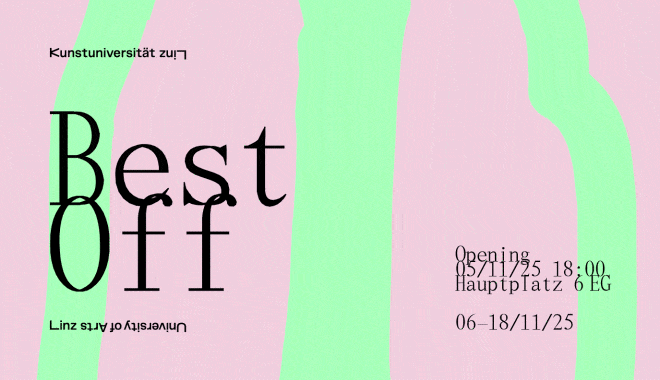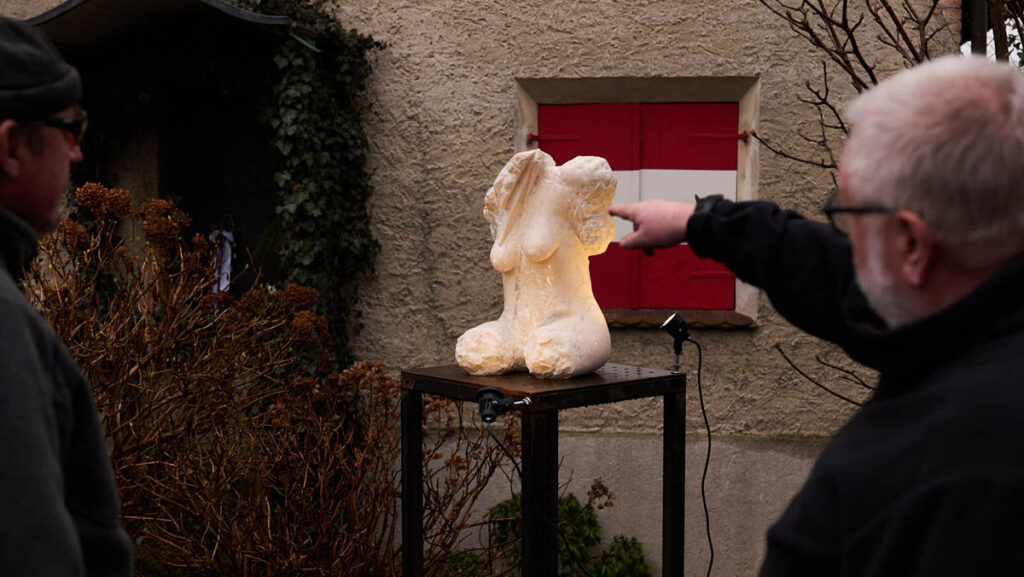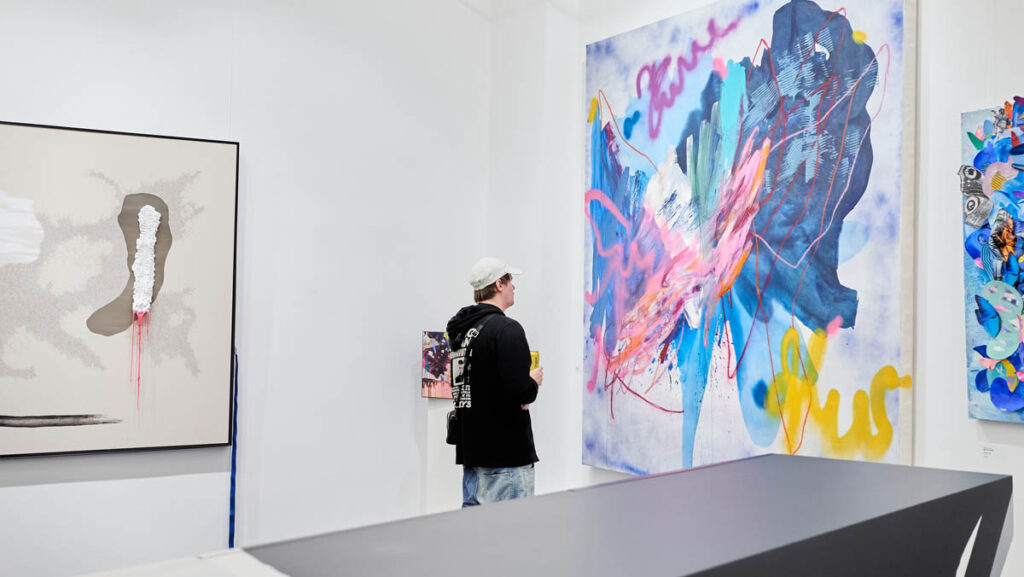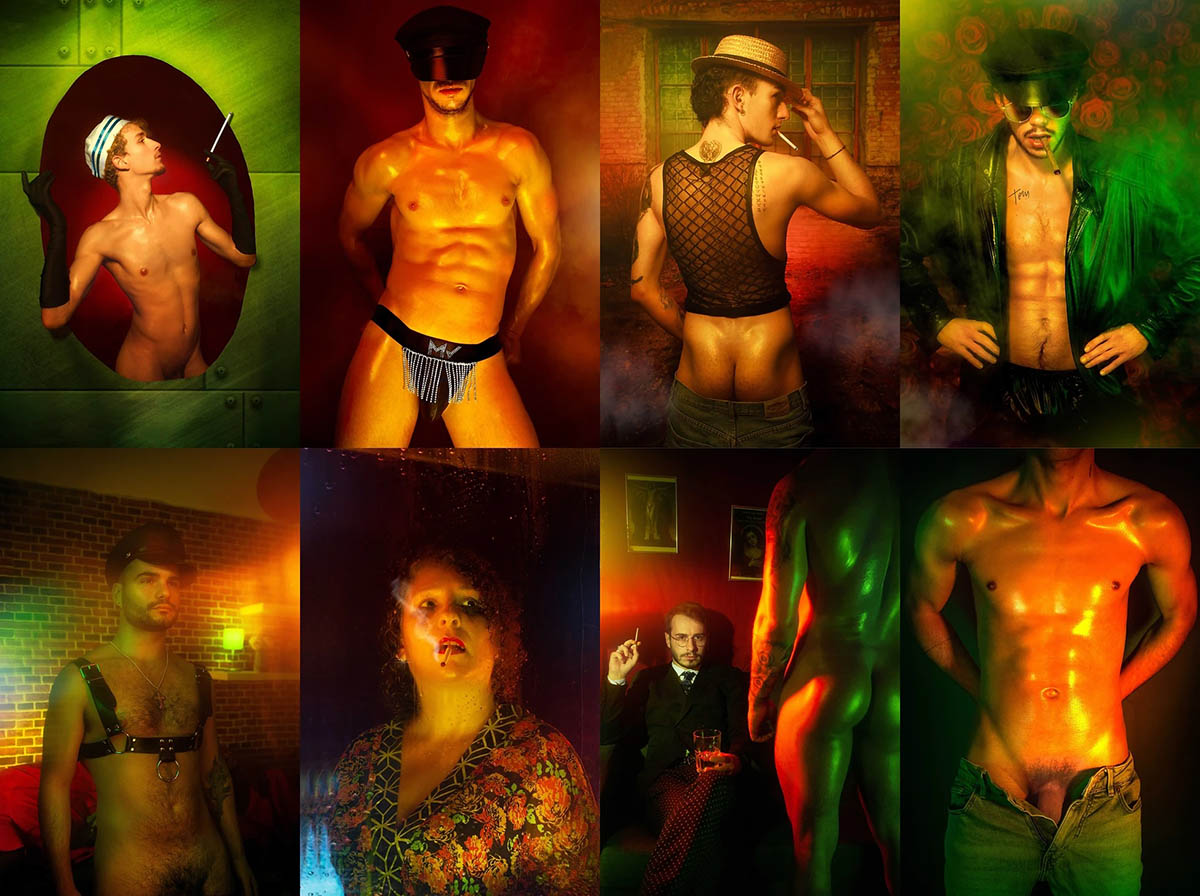
Born under the influence of Parisian gay nightclubs he frequented in his youth, this color is an essential component of his artistic expression. Despite addressing serious subjects, it also serves to soften the harshness of the discourse. Romain Berger is not pursuing raw reality; instead, he prefers to fantasize about life scenes with a personal aesthetic, thus embellishing his worldview. His paintings, openly infused with homoeroticism, pose a bold challenge to the patriarchal order, long characterized by the perception of women as sexual objects and men as virile figures.
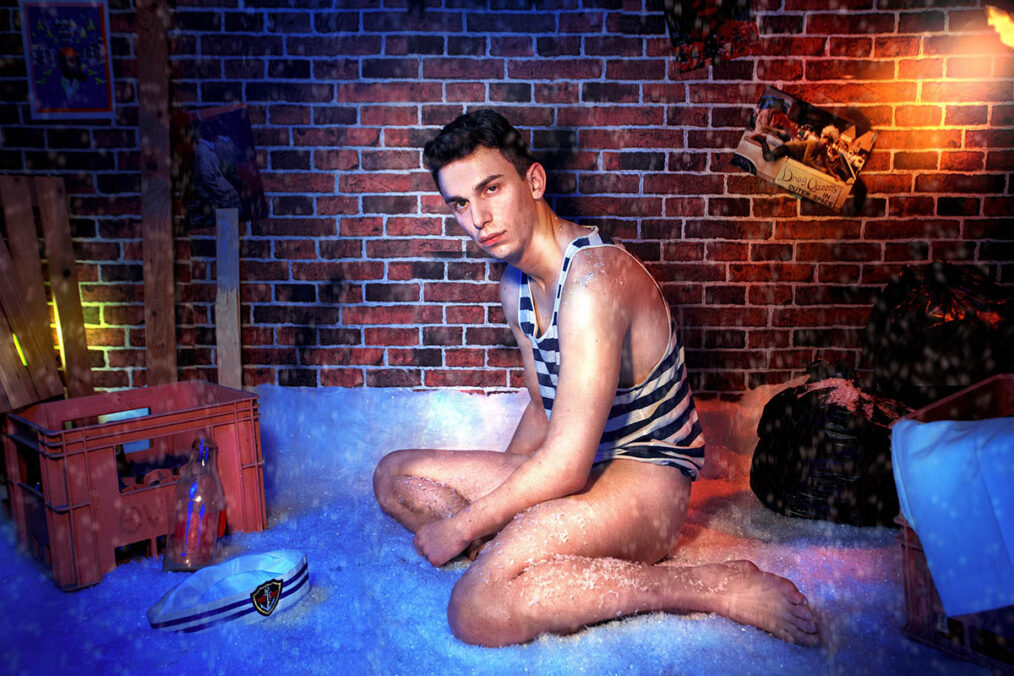
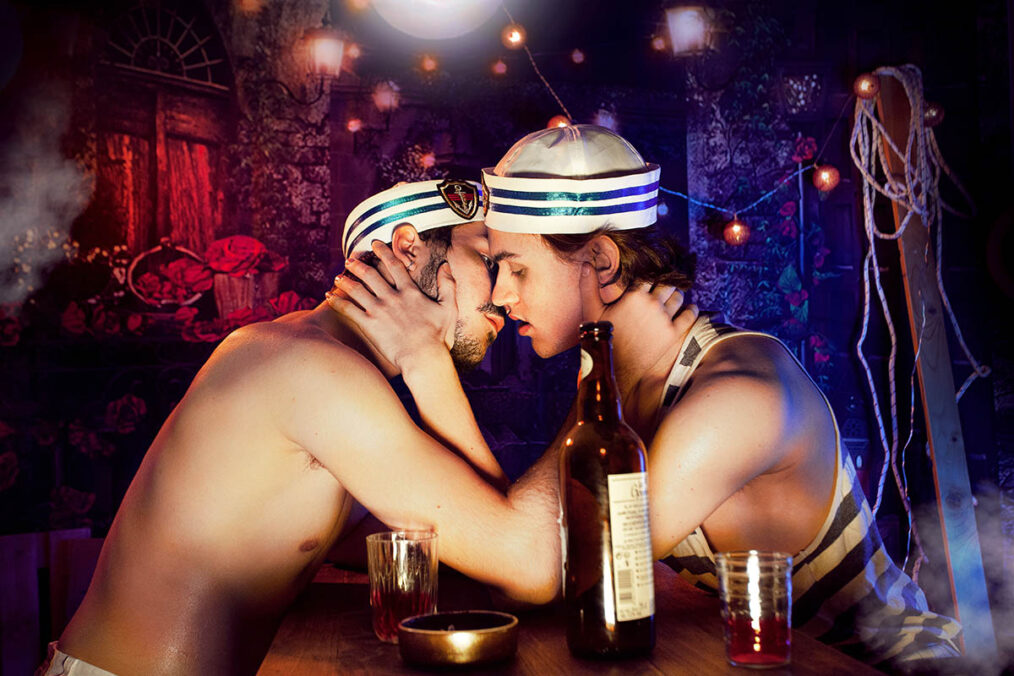
How did the nightclubs in Paris influence your artistic expression in your youth, and how has that influence evolved?
Coming from the world of cinema, the atmosphere of Parisian nightclubs already significantly influenced my artistic approach. I have always been fascinated by these colorful and festive environments where bodies intertwine in smoke and sweat. It’s something quite mysterious and intoxicating. It’s a suspended moment where all taboos come to life. In essence, this influence hasn’t changed much; I translate it into my images with oily bodies, sensual colors, and suggested eroticism.
Your use of color is a distinctive element in your artwork. Can you tell me more about it?
In addition to nightclubs, my colors and scenography are inspired by cinema and my love for directors Gregg Araki, Gaspar Noé, and Wong Kar Wai. I have always been fascinated by their lighting techniques. They can evoke emotions through the colors they use. Sometimes, the color has more influence on the viewer’s perception than the scene itself. When I create images in a more neutral palette, I find them bland. For me, color is the very engine of emotions.


Your photography captures moments akin to those in a film. Can you discuss the storytelling aspect of your art and how you create environments for your models?
Indeed, I conceptualize the majority of my images as film screenshots. When an idea comes to mind, I envision the lives of my characters, what happened before, and what will happen after that frozen moment. I never build a creation based on a model; it’s the theme that brings in the model. When I want to express something, whether a story or something purely aesthetic, I search for the perfect model in my eyes—the one I can see perfectly in that scene. In addition to having an artistic affinity for the model, I always ask if they are open to and comfortable with nudity and sensuality because they need to be completely at ease with my concepts. I always explain the character’s story to them and guide them on what I expect in terms of expression. I construct my own sets alone and by hand, so sometimes it can take me a day. By the time the model arrives, I’ve already done all the lighting tests, and I know how they will pose, so it’s very quick.
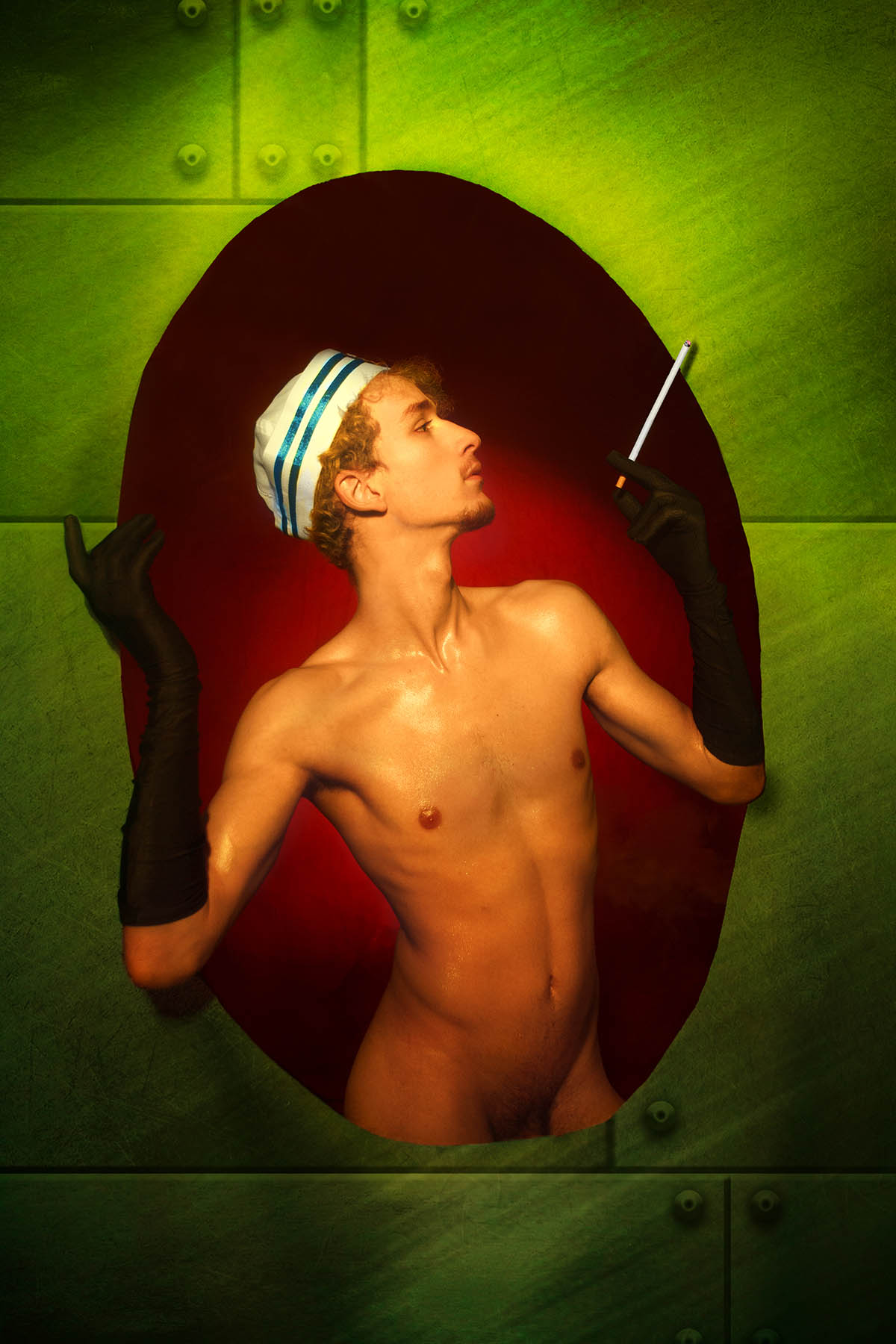
How do you find joy in playing with stereotypes and superficiality in your creative process?
I don’t like heavy subjects, or at least, I don’t like making a situation more burdensome. You know, like those queer films of the past that only portrayed a sad and dark world. I want to show that behind sensitive subjects, there is also joy, color, and pleasure. What appeals to me is the freedom of being gay, the ability to have fun with stereotypes, and the ability to push it to exaggeration because I’m personally involved. It’s also a good way to mock homophobia. Through exaggeration, we make fun of things, the hypocrisy of society, and self-righteousness.
What is very important to him personally?
What is important to me is that everyone can be free to be who they want without worrying about the judgment of others or fearing aggression because they don’t conform to the norms expected by society. The word ‚freedom‘ holds great significance for me. No one should have to restrain themselves to fit into this patriarchal society’s expectations. Everyone should be able to live in harmony. It’s completely utopian, but that’s what matters most to me.
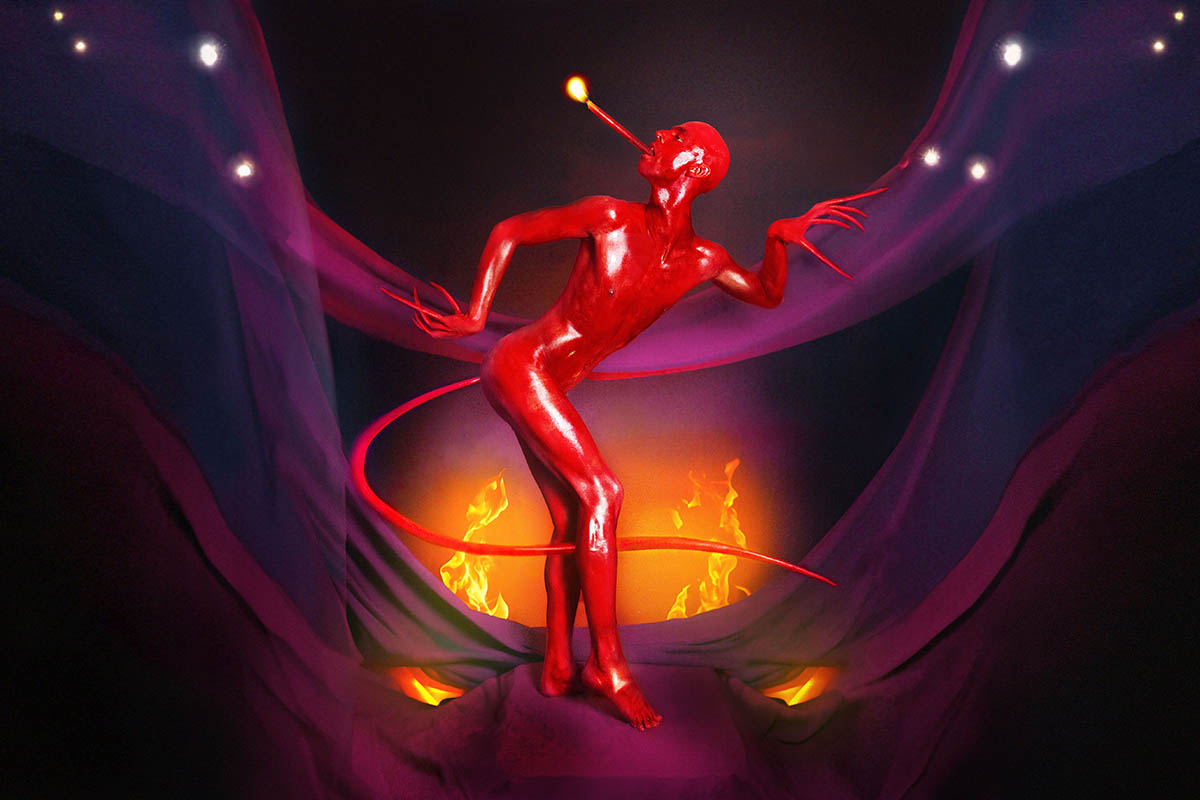
How important are friendships to you?
Friendship is a chosen family; it consists of the people who support you in both good and bad times, and, above all, it is composed of individuals who help you grow to become better and reach new heights. I may not have many close friendships, but the few I have form the foundation of my life.
Who do you talk to about your work?
I talk about my work with my friends. They are also in the artistic field; one is a drag queen, another is a photographer, and we regularly collaborate on projects together. We support each other immensely, and we move forward together. They are the first to see my new creations, and I always value their opinions. I also discuss my projects a lot with my parents. When I have a new article or exhibition, I call them to talk about it.
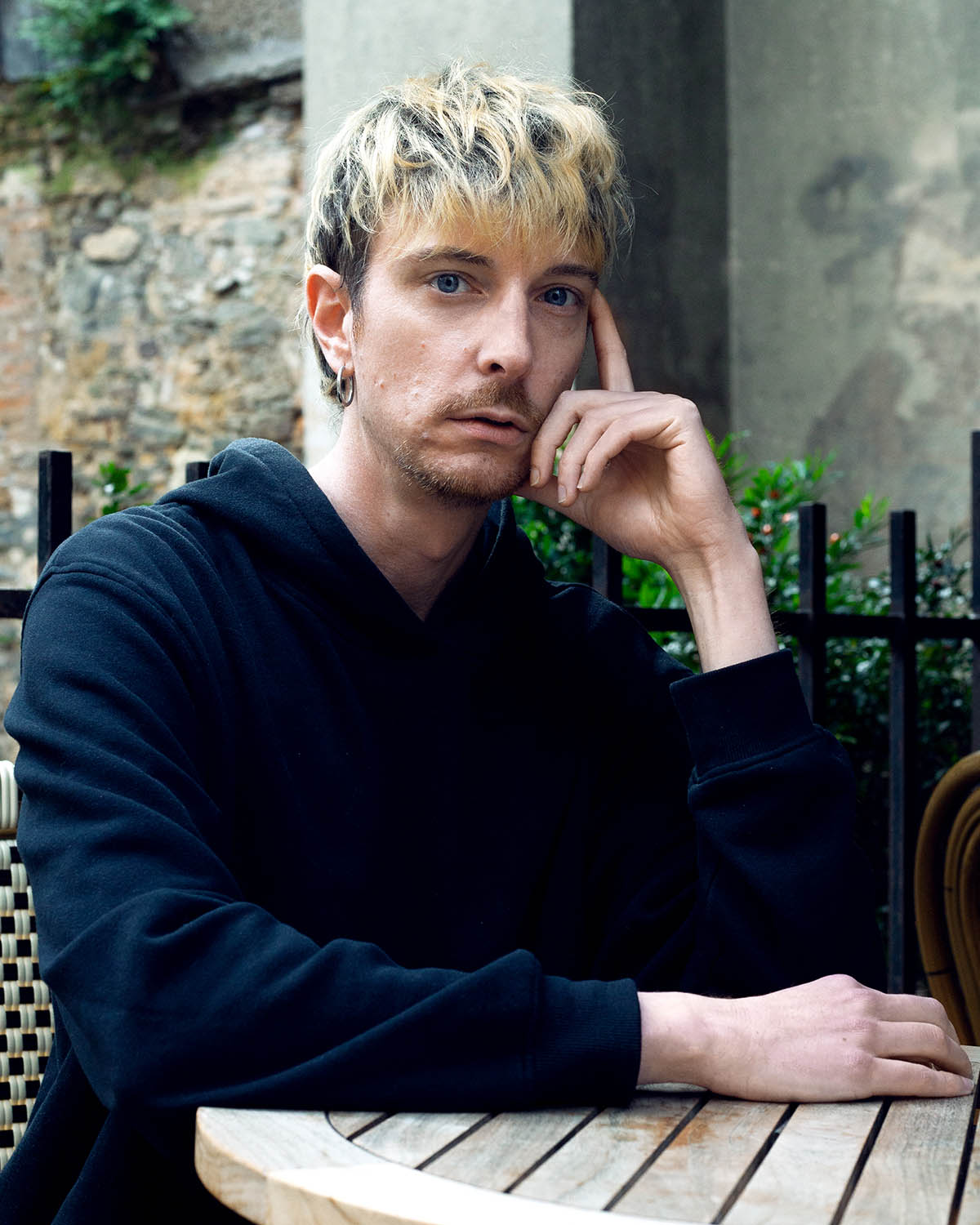
Do you have any plans for 2024?
In 2023, I embarked on an exhibition tour that traveled to Brighton, Berlin, Amsterdam, and Le Havre (France). This year, I wanted it to be more relaxed, as it was very hectic last year. I will have an exhibition in Paris in May, but I like the idea of delving into new projects. I have started creating images in my artistic universe for the clothing brand Modus Vivendi, and it’s something I enjoy. Working with more brands, continuing my artistic creations, and collaborating with other artists are my goals for 2024. Additionally, I sell my prints in my online shop, so I also need to manage my store and handle shipments.
Romain Berger – www.romainberger-photography.com, www.instagram.com/romainb_photos/



